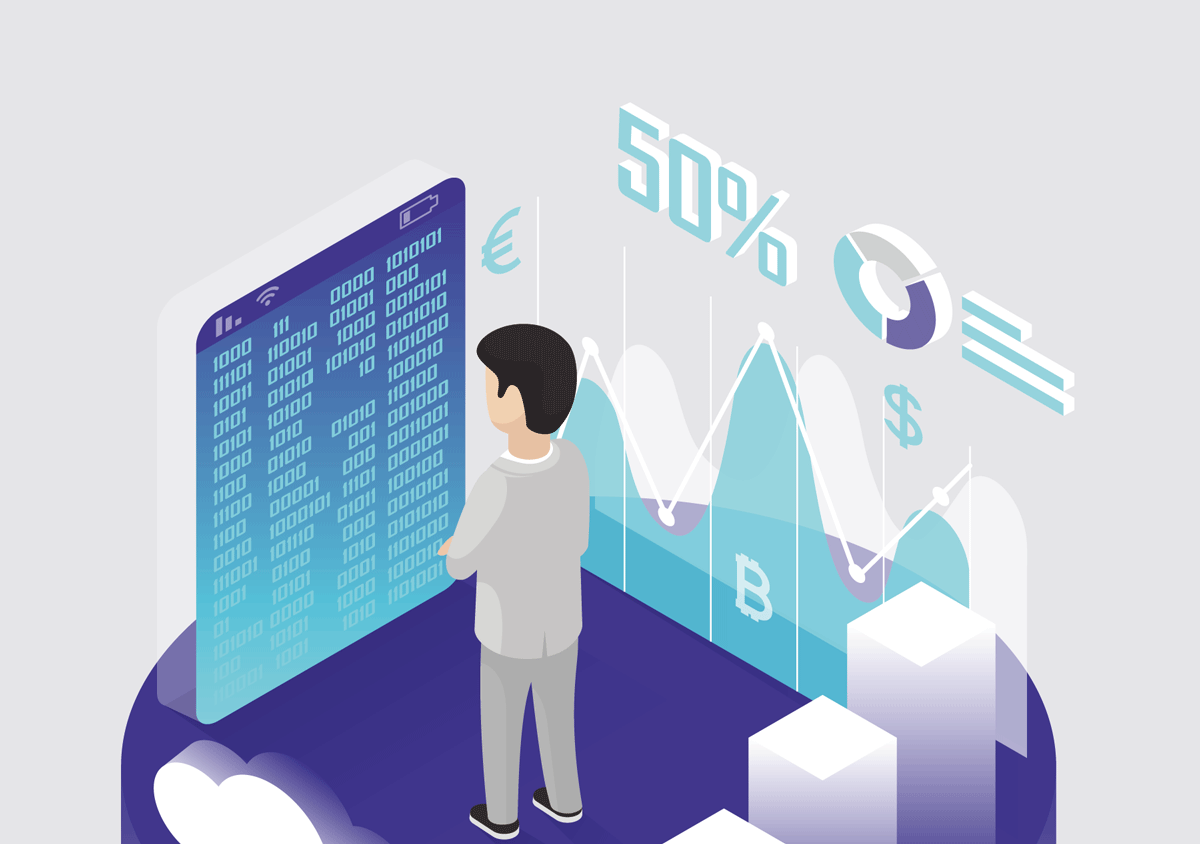All the mining workers should know that the local mining hashrate is always slightly different from the pool hashrate. Since it’s related to the mining incomes, every mining worker must feel deeply concerned.
Why is the local hashrate different with the pool hashrate? In this case, should we believe in the pool hashrate or the local hashrate? How much difference should normal? Just keep on reading.
What’s pool hashrate?
The pool hashrate, which includes total hashrate and single miner hashrate, is displayed on the dashboard page of the mining pool. Usually, the average values of pool hashrate are shown, which include 15-minute average hashrate and 24-hour average hashrate. Meanwhile, the mining pool also distributes the incomes based on these values, that’s why it is so important.
Local hashrate does not directly affect your income. Theoretically, the higher local hashrate will natural result in higher pool hashrate, so the incomes will be also higher. However, there are many other affecting factors, just keep on reading.
Relationship between Local Hashrate and Pool Hashrate
In fact, the mining pool knows your local hashrate. Then, why does the mining pool provide a different pool hashrate instead of calculating based on the actual local hashrate?
In fact, the relationship between the mining workers and the mining pool is just like the relationship between the employees and the boss. If your salary is calculated directly based on the local hashrate, it means the per capita salary. Although you own 1MH/s hashrate, you may not contribute corresponding workload, so it is obvious unfair for those with full energy and good performance and it’s also not worthwhile for the pool.
Therefore, like many enterprises, the mining pool qualifies the workload and calculates how much hashrate to be submitted to the pool within 24 hours in the case of 1MH/s local hashrate. For example, if there are 10,000 workers in the factory who can make 1,000,000 products per day, the average number per capita is 100. Therefore, he who has made 100 products will be paid, the more products and the higher salary. It doesn’t mean working for one day should be paid with one day of salary.
In the case of hashrate, for example, 1MH/s local hashrate should submit 10 results to the pool within24 hours. The pool will convert it into 1MH/s pool hashrate only after receiving the 10 results. If only 9 have been received, it means only 0.9MH/s hashrate in the pool. If 11 have been received, the pool will show 1.1MH/s hashrate.
In short, the mining pool only focuses on your final workload instead of how much hashrate you have. That’s the difference between local hashrate and pool hashrate. Local hashrate only proves you may complete certain amount of workload instead of the actual workload; while the pool hashrate is just the proof of how much work you have done.
Possible Reasons Affecting the Pool Hashrate
Factors that affect the pool hashrate may be: Overclocking, Network, mining Software, etc.
Ⅰ. Overclocking
If the overclocking reaches the upper limit, the miner may be unstable with HW errors, which may result in too much refusal by the pool. For example, a man can only bear 100kg. Overclocking will cause two results: 1) The man only bears 80kg of cotton, but he seems to bear 200kg. You may think it’s too much for him, however, when it’s delivered to the pool, it only weighs 80kg, which is greatly different from your expectation. 2) Overclocking results in overload for this man. He’s so tired that it’s impossible for him to do anything else.
So how to avoid too much overclocking? Check the prompt in the log, or the hashrate in the software may become zero for several seconds from time to time.
Ⅱ. Network
Although the mining itself does not occupy many network resources since it mainly uses the network to receive missions from the pool and deliver the results to the pool, the network condition is indeed very important. For example, if the network is good enough to receive missions and deliver results, it will only take 0.001 second; while in poor network condition, it will take 0.003 seconds or even more.
Don’t underestimate the difference of 0.002 seconds. For an ordinary miner, thousands of 0.002 seconds may be generated within 24 hours, which will cause a difference of about 1% or more while the normal delay should be about 60ms.
Ⅲ. Software commission
Some mining software with conscience normally charges about 1%. However, some software of unknown origin charges very high. The special percentage will not be discussed here. Remember, there is no free lunch in the world. Those who believe in rebate or free of commission are doomed to lose more.
Ⅳ. Stolen hashrate
- Some mining software or firmware will steal your hashrate. Even some of them declares no commission or very limited commission, the hashrate they have stolen has greatly exceeded the commission. we believe such behavior should also be regarded as stealing.
- Unknowingly, the system is implanted with Trojan. All your mining actions are monitored and some of your hashrate will be stolen so that your pool hashrate will be greatly reduced.
The anti-virus software cannot be installed in the miner itself because the normal mining programs will be easily misjudged as virus. What we should do is not to download software or firmware of unknown origin and never believe the so-called software with rebate or commission-free.


Pingback: Tutorial: General Mining Guide & TroubleShooting for Antminer Models | EastShore Mining Devices